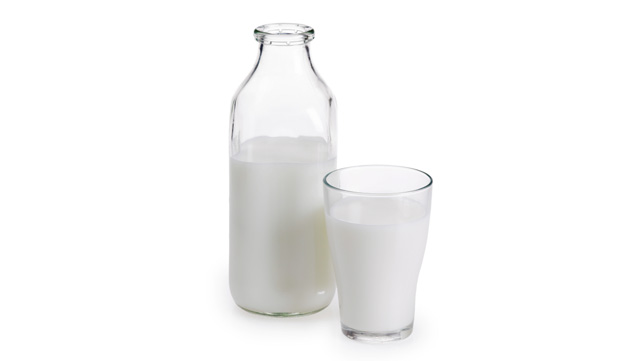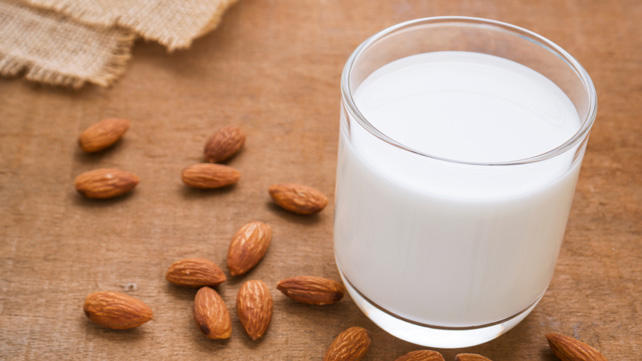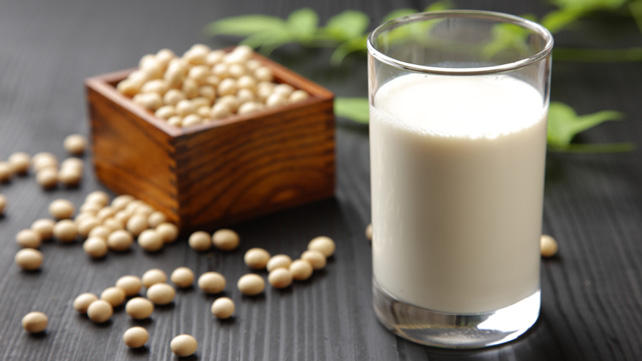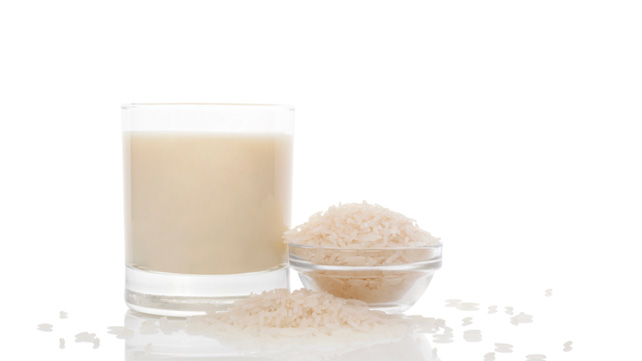Not too
long ago, when being a milkman was a career option, the only thing you could
expect to drown your cereal in was whole cow’s milk. Now, dairy milk comes in
all sorts of varieties: whole milk, 2 percent, 1 percent, skim (fat-free), and
even lactose-free milk.
What's your favorite kind of milk? »
For those
with dietary or allergy concerns, there are also alternatives to cow's milk.
Almond, soy, and rice milk are popular alternatives to dairy, and they’re
becoming even more available in stores across the U.S.
Each type
of milk has its advantages and disadvantages, depending on a person’s diet,
health, nutritional needs, or personal taste preferences.
For
example, people in key development years — children over two, teens, and
pregnant women — need proteins, vitamin D, and calcium. These are abundant in
dairy milk. On the other hand, people who need to watch their calories or
cholesterol — for weight reasons or heart health problems — should look to
other options. Whole dairy milk contains more calories and cholesterol than any
other milk.
In looking
at the differences in these popular types of milks, you can determine which
best suits your needs.
Dairy Milk
Whole milk is cow's
milk with none of the fat removed. It contains 8 grams of fat per cup, 8.5
percent nonfat milk solids, and 88 percent water. As none of the milk’s natural
components are removed, it is high in natural proteins, fat, calcium,
and vitamin D.
Other dairy milk has some
or all of the fat removed. While whole milk has 150 calories in one cup, 1
percent milk has 110 calories, and skim milk has just 80 calories. Fat-free
milk has all of the nutritional benefits of whole milk — a good source of
protein, calcium, vitamins, and minerals — without the saturated fat and
calories. Dietitians often recommend skim milk for the majority of their
clients.
Lactose-free milk is
processed to break down lactose, a natural sugar found in milk products. As
with other milks, lactose-free milk is a good source of protein, calcium,
vitamins, and minerals. The fat and cholesterol content of lactose-free milk
varies, as it comes in 2 percent, 1 percent, and fat-free varieties.
The 3 Best Things About Dairy Milk
- Whole milk can provide essential proteins and extra calories from fats, as well as vitamins and minerals for infants and the elderly.
- Lactose-free versions are available for people who are lactose intolerance.
- Widely available in grocery stores and convenience stores.
Con: Those that
are not fat-free are high in saturated fat and calories, which is bad news for
people with heart problems, high cholesterol, or those who are trying to lose
weight.
Almond Milk
Almond
milk
is made from ground almonds and is lower in calories than other milks as long
as it is unsweetened. It’s also free of
cholesterol, saturated fat, and is naturally
lactose free. Even though almonds are a good source of protein, almond milk
is not. Almond milk is also not a good source of calcium. However, many of the
brands available in the market are supplemented with calcium as well as vitamin
D.
The 3 Best Things About Almond Milk
- It’s low in calories and contains no saturated fat or cholesterol.
- It’s good source of vitamins A and D.
- It’s naturally lactose free.
Con: It’s not a
good source of protein and, unless it is fortified, it contains no calcium,
which is important for people with conditions like osteoporosis. (People who
are allergic to almonds or nuts should avoid almond milk.)
Soy Milk
Soy
milk
is made from soybeans. It’s a popular milk alternative for vegans and people
who are lactose intolerant. Since it comes from plants, it is naturally free of
cholesterol, low in saturated fat, and contains absolutely no lactose. Soybeans
and soy milk are a good source of protein,
calcium (when fortified), and potassium.
The 3 Best Things About Soy Milk
- It’s a good source of protein, vitamin A, B12, vitamin D, and potassium.
- Soy milk contains almost as much protein as cow's milk, yet is lower in calories than whole milk and comparable to skim milk.
- It contains no cholesterol, which is important for those with heart conditions.
Con: Too much soy
may be a problem for those with thyroid disease or other conditions. A 2008 Harvard
study showed that higher intakes of soy-based foods caused fertility problems
and lower sperm counts.
Rice Milk
Rice milk is made
from milled rice and water. It is the
least allergenic of all of these products, which makes it a good choice for people
with lactose or nut allergies. While rice milk can be fortified with calcium and vitamin D, it is not a natural source of either of these, just like
soy and almond.
The 3 Best Things About Rice Milk
- It’s the least allergenic of milk alternatives.
- It can be fortified to be a good source of calcium.
- Rice milk can be used by vegans.
Con: Rice milk
is very high in carbohydrate and very low in protein, so it’s the least
desirable choice for people with diabetes as well as people who want more
protein, such as athletes or the elderly.
Source : http://www.healthline.com




I was happy to read this article after searching at google , after reading I have written a piece of article about :what are the symptoms of chronic back pain Thank you for the article and helping me.
ReplyDelete